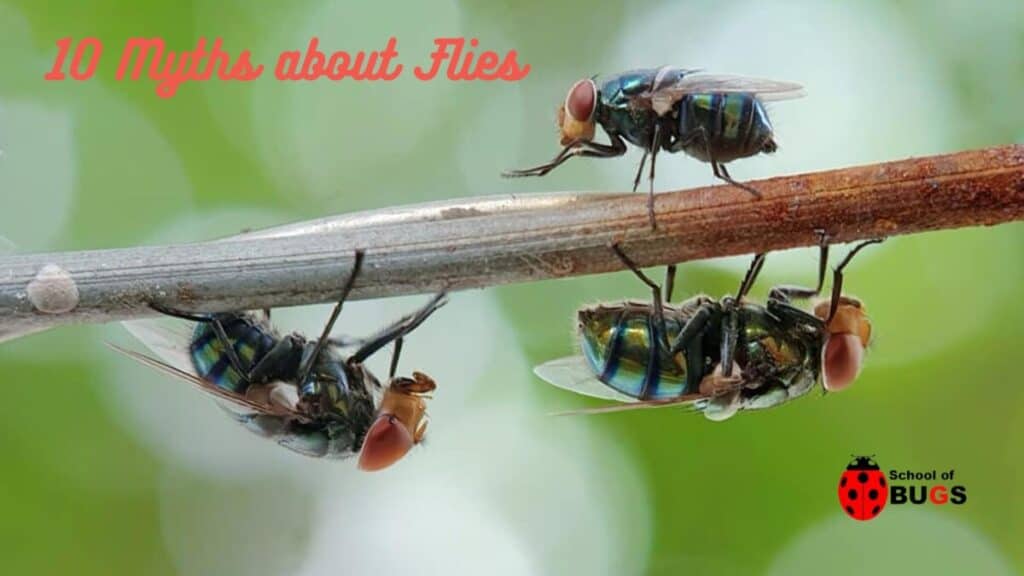
Flies are some of the most common insects you’ll see around your home, and they’re prevalent in just about every corner of the world; however, these simple insects are often misunderstood. Here are 10 myths about flies that you might still believe!
- Flies see things in slow motion
- Flies are the main carrier of diseases
- Flies don’t bite humans
- Houseflies chew their food
- Flies are detrimental to the environment
- Flies don’t pollinate plants
- Flies are live born
- Flies are intelligent
- Flies strictly eat detritus
- Flies are harmless
Flies are pretty fascinating creatures, and there are lots of unique species around the world that are important to the environment.
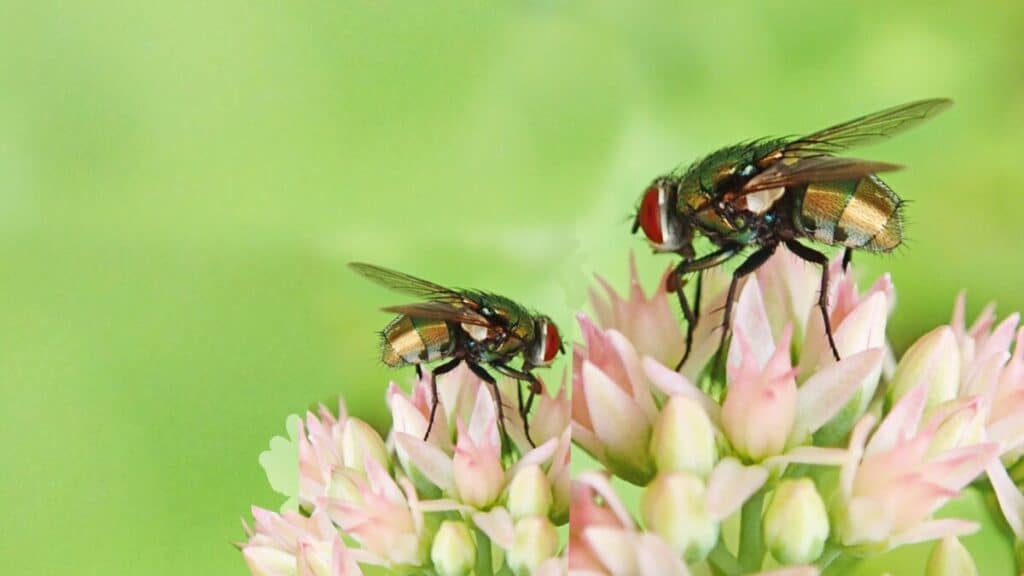
The rest of this article will walk you through the fascinating life of a fly and explain why these common myths still persist.
Flies See Things in Slow Motion
One of the oldest myths about flies is that they actually perceive time slower than other creatures. While this is an entertaining though, it’s simply not true.
This rumor likely got started as a way of explaining just how fast a fly processes images, a concept known as the flicker fusion rate.
The smaller the species, the faster the rate tends to be. Flies are extraordinarily gifted in this regard, with a flicker fusion rate that’s six times faster than our own.

In layman’s terms, their reaction time is just really, really impressive, and those big compound eyes help them spot you coming before you can get in a blow.
It’s really no surprise that people believe this myth since flies do essentially ‘see’ six times faster than humans.
In light of this remarkable biological adaptation, the only way you’ll ever hit a fly is by sneaking up on it. That’s part of the reason fly swatters have holes in them: to reduce the amount of air in front of the swatter so that the fly can’t react to it and get away as easily.
Flies Are the Main Carrier of Diseases
People often associate flies with filth, and that reputation isn’t entirely undeserved. Flies will feed on any decaying matter, including feces, and can transmit particles from their last meal onto surfaces that you eat from.

These diseases can include the following:
- Dysentery
- Cholera
- Typhoid Fever
- Tularemia
- Tuberculosis
- Yaws
- Poliomyelitis
- Leprosy
- Anthrax
These diseases are certainly alarming enough that you should never eat food that a fly has landed on, but people often mistakenly assume that these houseflies are the main transmitters of disease on Earth simply because they are so prevalent; however, the real culprits when it comes to the spread of diseases in human history are rodents and mosquitos.
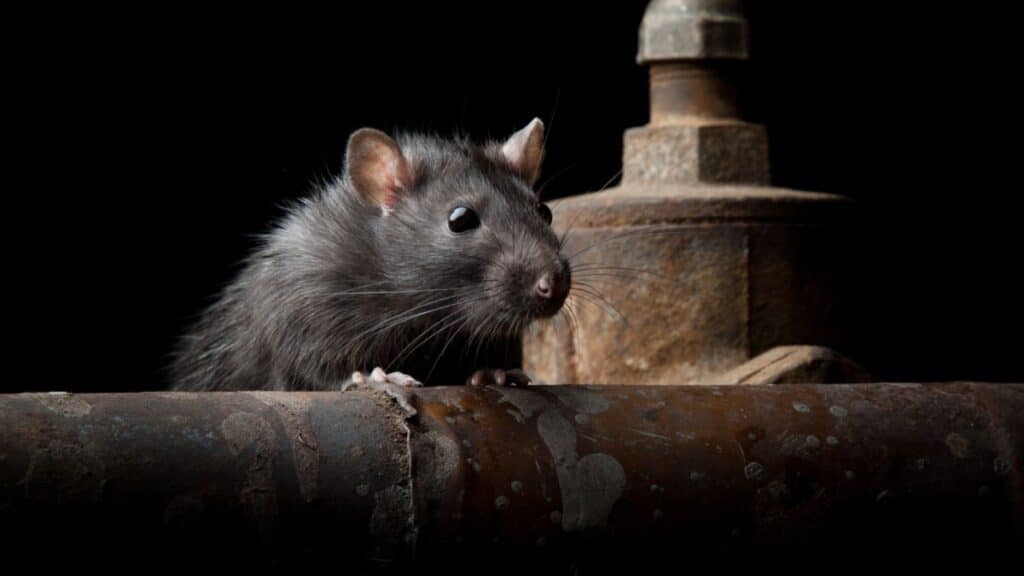
Not only are the diseases they carry extremely deadly, but rodents and mosquitos have the added risk of directly transmitting disease through bites in more cases than flies.
Mosquitos, in particular, might well take the number one spot for the most dangerous insect in the world simply due to the number of diseases they can carry and transmit from person to person in a short peroid of time.

Flies Don’t Bite Humans
If you’ve only ever experienced those pesky, yet benign house flies, then you are fortunate indeed. There are several species of flies that can and will bite you if given the chance.
Deer flies, for example, have scissor-like teeth to puncture skin, causing painful bites. Some other biting species of flies include the horse fly, black fly, stable fly, snipe fly, sand fly, yellow fly, midges, and mosquitos.
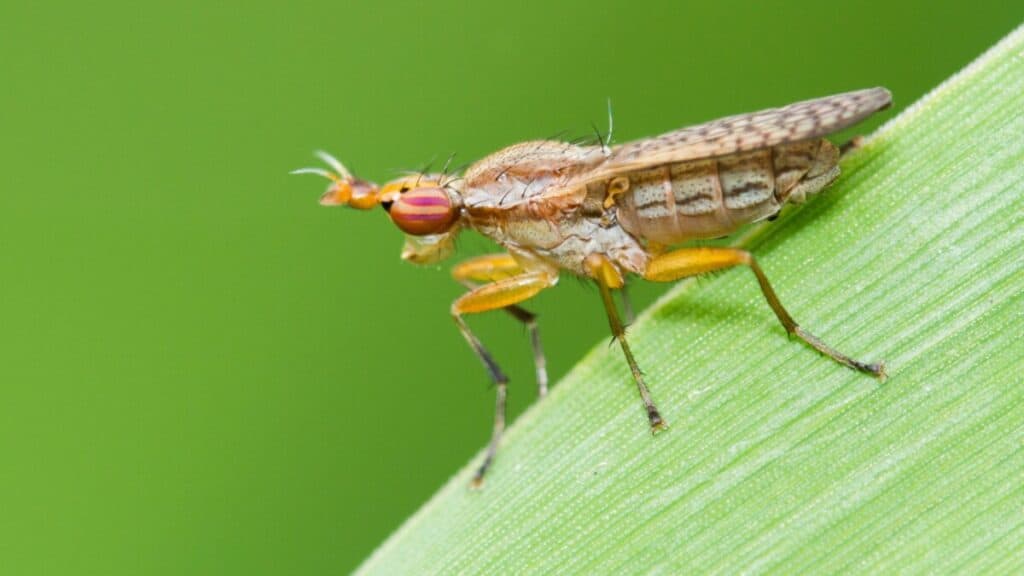
Houseflies Chew Their Food
If you’ve ever seen a fly moving its feet up to its mouth, then what you’re seeing isn’t actually the fly chewing its food. Flies will use their senses to find a potential food to land on.
When they land on the food, they have sensors on their feet that allow them to taste the food and determine whether it will be edible.

If so, the fly will spit out an enzyme that turns solid food into a liquid form that they consume. That’s right, houseflies technically eat an only-liquid diet, and they use their probiscus to slurp up the liquid.
Flies Are Detrimental to the Environment
One major myth about flies is that they are bad for the environment. After all, all we see them do is buzz around trash all the time and get in the way; however, these pesky little insects are actually an extremely important part of the environment.
First, as gross as it may be, carrion flies lay their eggs in rotting animal carcasses. When hatched, maggots will feed on the decaying organic matter, releasing the nutrients back into the soil through their digestion process.
This is an important part of the ecological process. Similarly, other flies will use feces as a breeding ground on which to lay their eggs.
The larvae will then break down that organic matter and release nutrients that plants, fungi, and bacteria can use.
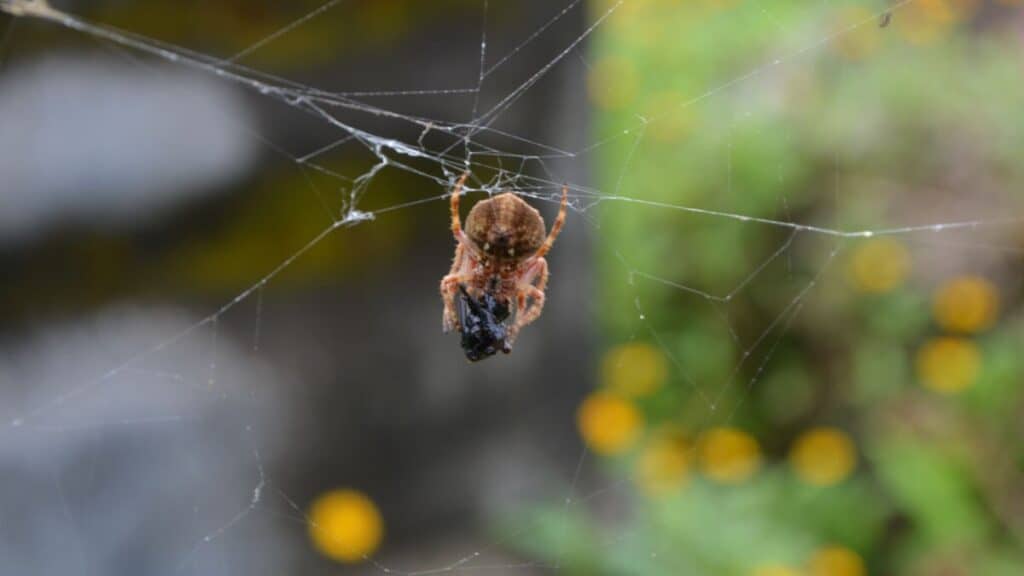
In another area, flies are extremely useful as food sources for a number of predators who rely on their numbers to stay alive.
As useless as they may seem buzzing around your food all the time, flies have a significant purpose in the ecosystem.
Flies Don’t Pollinate Plants
Believe it or not, some species of flies actually do pollinate plants, and they are second only to bees in their pollination efforts on Earth.
This effort is extremely beneficial for the reproduction of countless plant species, contributes to biodiversity through cross pollination.
Flies Are Live Born
Most people are familiar with the disgusting wriggly maggots or larvae that are juvenile flies, but in reality, the life of a fly starts in the egg.
The female house fly is capable of laying anywhere from 75-150 eggs in a single batch, and 5-6 batches in her lifetime.
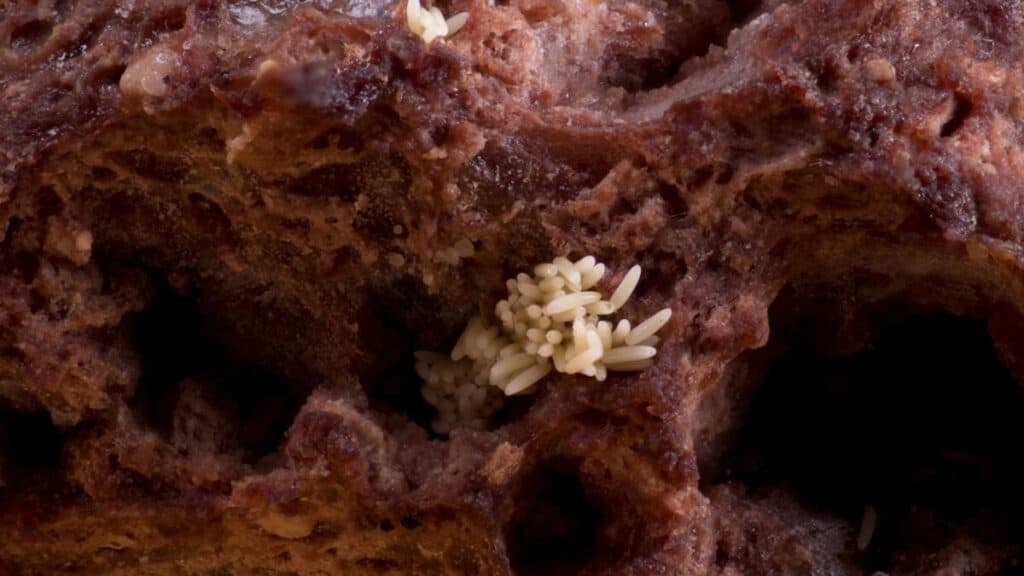
These eggs take anywhere from 8 to 20 hours to hatch. During their larval stage, they grow rapidly and shed a layer of skin, and the growth process is accelerated by higher temperatures.
After the larval stage, the pupal stage lasts 4-6 days, during which the maggot begins to take on the form of an adult fly. Overall, a fly can live between 15-25 days.
Flies Are Intelligent
You might be fooled into thinking that flies are intelligent simple because of how deft they are when it comes to dodging a newspaper, but the truth is that there’s really not much going on behind those beady little eyes.
Their thought patterns are strictly centered around food and breeding, which makes sense given their very short lifespans. What they lack in intelligence, they certainly make up for in agility.
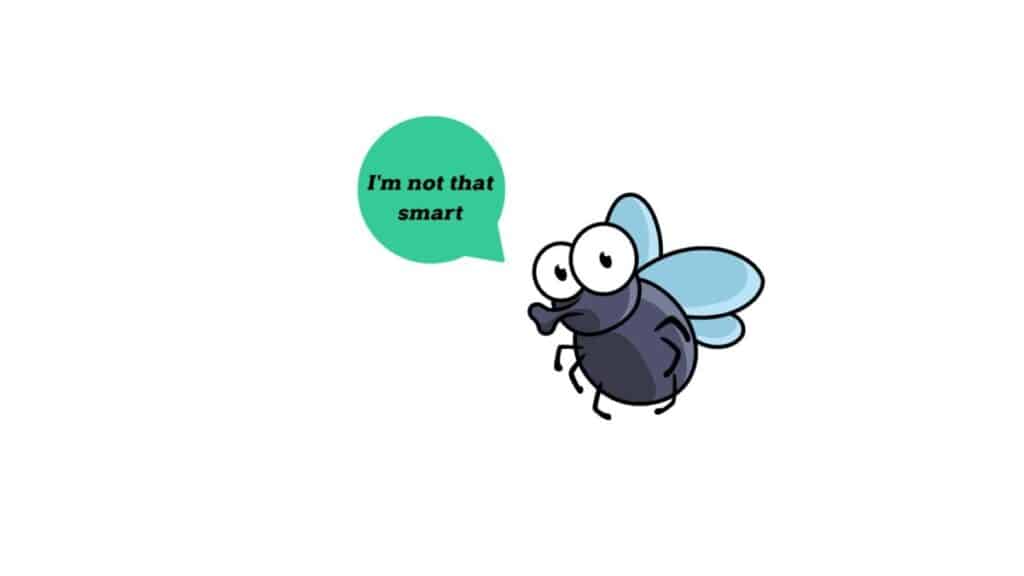
Flies are capable of detecting and avoiding predators thanks to their incredibly maneuverable wings that allow them to perform impressive feats of aerobatic flight.
These wings are known as halteres, and they function as club-shaped organs and feed information to the fly’s brain during flight.
The halteres oscillate rapidly with the wings and are effectively vibrating gyroscopes. The insect can use information provided by its sensory organs to correct its position in space. You could say that they’re capable of making alterations on the fly.
Flies Strictly Eat Detritus
While many houseflies certainly do prefer to eat the leftovers of your barbeque, there are some species of fly out there that are quite nasty, even going so far as to predate on other flies.
The assassin fly or robber fly has over 7000 species identifies. These flies will prey on other flies, bees, wasps, dragonflies, beetles, and spiders.
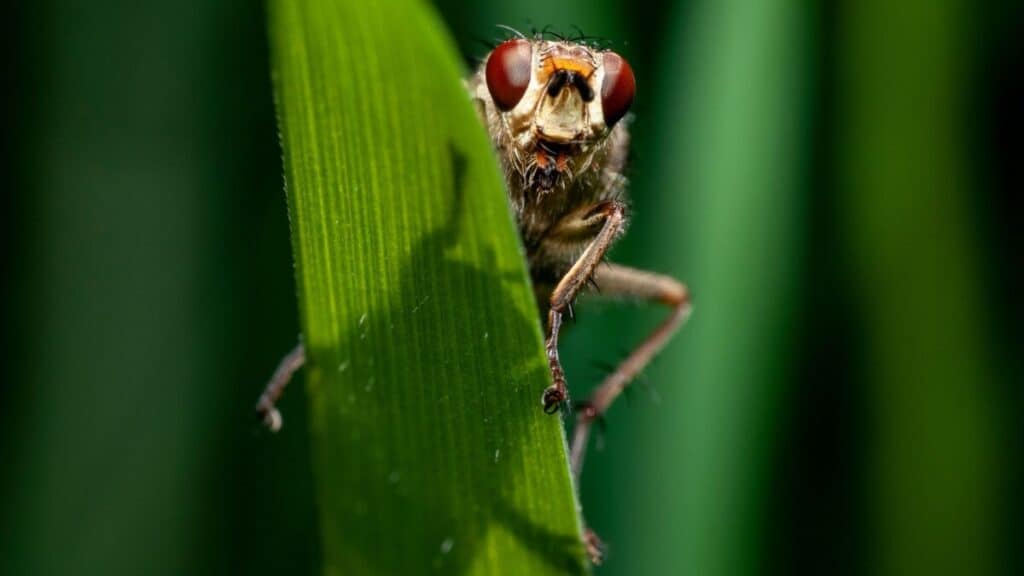
Highly aggressive, these flies will perch on vegetation and wait for their prey to fly by. Once a target is spotted, the fly will attack its prey mid-flight, pin it down, and inject it with venomous saliva, killing it instantly.
The venom liquifies the insides of the insect, allowing the assassin fly to enjoy a nice insect juice cocktail.
Flies Are Harmless
If you hadn’t already guessed from the number of deadly flies already mentioned, flies aren’t all the harmless little buzzing pests they seem to be.
By and large, the biggest threat flies pose is to cattle. Horn flies are one particularly terrifying example, and this species is prevalent all around the world. Horn flies spend most of their time sucking the blood of cattle, consuming up to 40 meals per day.

Untreated, their numbers will multiply, seriously affecting the cattle’s quality of life. Numerous countermeasures exist to combat this threat, but as time goes on, flies continue to grow resistant to the active ingredients in some pesticides.
Final Thoughts
With so many different species and survival mechanisms, flies are some of the most adaptable and highly developed insects on the planet.
One thing’s for sure: flies are quite the pest when you’ve got one trapped inside your home, but now that you know just how adept and strange this little flying creature is, maybe you’ll be a little more appreciative of just how amazing nature really is—right before whacking it with a newspaper, of course.
Alright, that’s it for this article, here are a few hand-selected articles that you might also find interesting reads:
Ten Myths About MosquitossWhat Happens If You Step on a Cockroach Barefoot?
Are Silverfish Dangerous? 7 Things to Know
Recent Posts
Tiny Black Bugs in Bathroom NO WINGS: What They Are and What to Do!
Finding tiny black bugs in your bathroom can be uncomfortable, to say the least. Especially if they are persistent, or they appear in very large numbers, which they often like to do. When it...
Tiny Black Bugs in Plant Soil - What Are They & What To Do About It
A short horror story: You get a new houseplant. You do your best to take care of it. You’ve ensured that it has the right soil, the right amount of sun, it gets enough water. And then one day, you...

